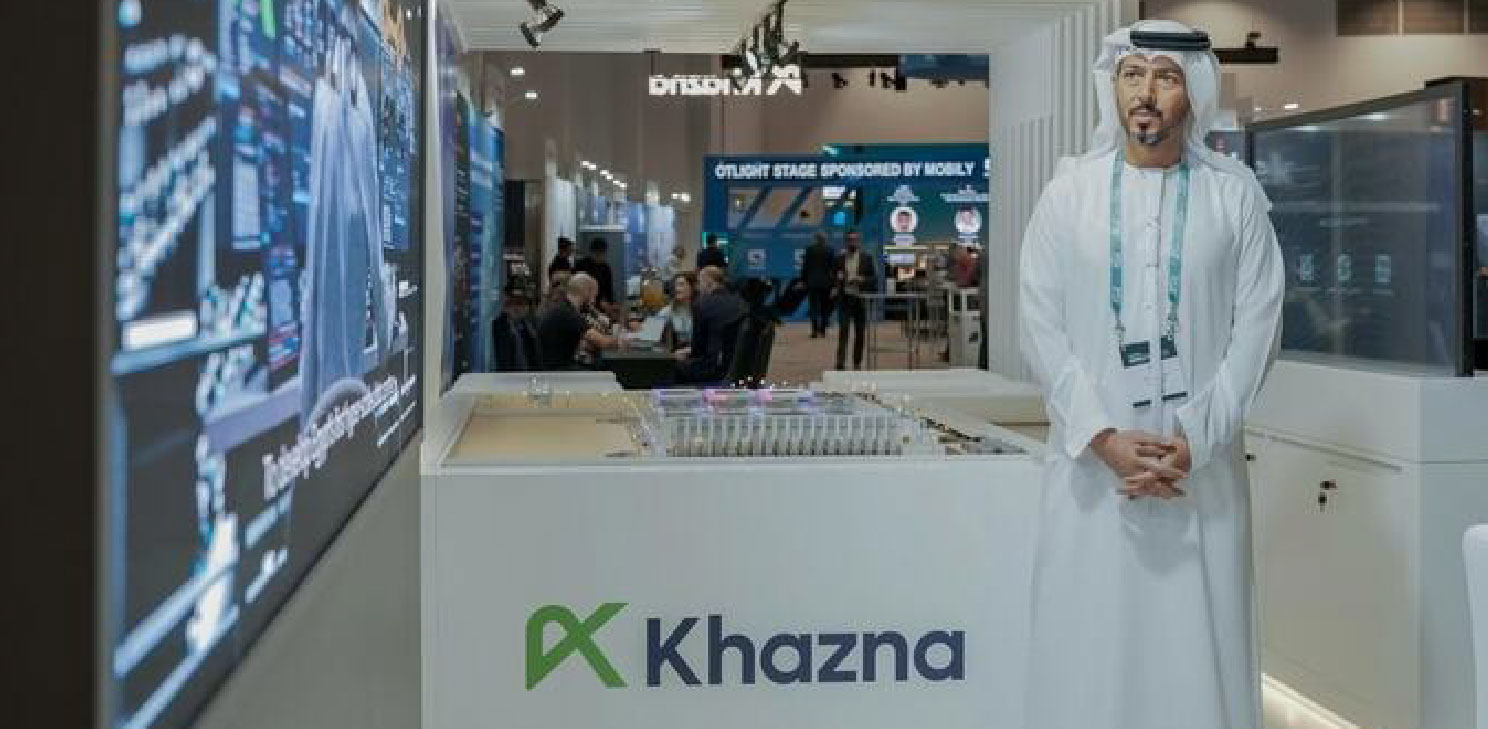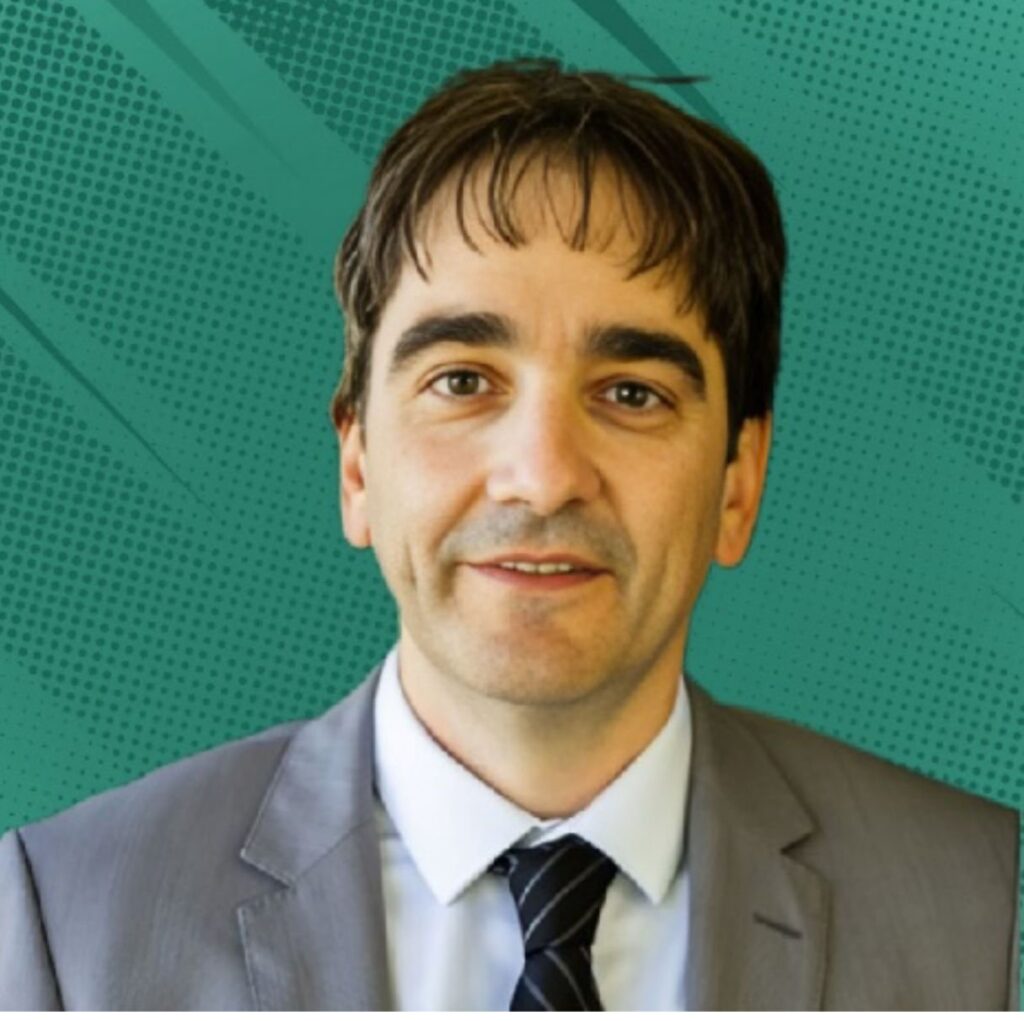The 2022 revision of EU GMP Annex 1 has changed how pharmaceutical manufacturers must approach environmental monitoring (EM) in aseptic processing. The updated guidance introduces more comprehensive requirements, making EM essential to contamination control and product sterility assurance.
One of the most significant changes is the requirement for a documented Contamination Control Strategy (CCS). EM programmes must be developed and justified within a facility’s wider CCS. This change ensures that sampling locations, frequency, and methods are chosen based on risk assessments, supported by historical data and process understanding. Annex 1 reiterates that EM should be designed to discover contamination risks throughout operations.
Annex 1 introduces continuous viable and non-viable particle monitoring during production for Grade A cleanroom environments. This replaces the previous reliance on occasional samples. The previous microbial limit was <1 CFU, but under the revised Annex 1, there is now an aspirational target of zero CFU. This establishes a higher standard for sterility assurance, reflecting regulatory expectations that no contamination should be tolerated in the most critical zone.
The new guidelines also require monitoring 0.5 µm and 5 µm particle sizes. While occasional larger particle counts may be explained by background noise, repeated occurrences must trigger an investigation into potential failures, such as filtration issues or setup deficiencies. This ensures that particulate data is not ignored but actively used to prevent contamination.
The revised regulations places strong emphasis on operator monitoring. Gloves must be routinely checked for microbial contamination, with gowns also included where there is risk of transfer. Materials and equipment entering clean zones must be subject to validated sterilisation or disinfection procedures. The guidance also extends EM expectations to supporting systems such as air handling units, filters, and utilities, recognising their role in maintaining aseptic conditions.
Annex 1 requires that sterile product surfaces are protected at all times by unidirectional, HEPA-filtered airflow. Facilities are expected to demonstrate and validate airflow patterns, with isolators or Restricted Access Barrier Systems (RABS) encouraged to be used.
The new guideline also specifies the use of monitoring programmes that include trend analysis. Repeated minor deviations should be evaluated for patterns that may indicate a loss of control. Where action or alert limits are breached, investigations and corrective actions are required, with potential impact on product batches carefully assessed.
To discuss aseptic processing and the key issues facing the industry, connect with solution providers and network with delegates, attend the 4th Aseptic BioPharma Processing Summit in Vienna, Austria, on October 7-8, 2025.
For more information, visit our website or email us at info@innovatrix.eu for the event agenda. Visit our LinkedIn to stay up to date on our latest speaker announcements and event news.













